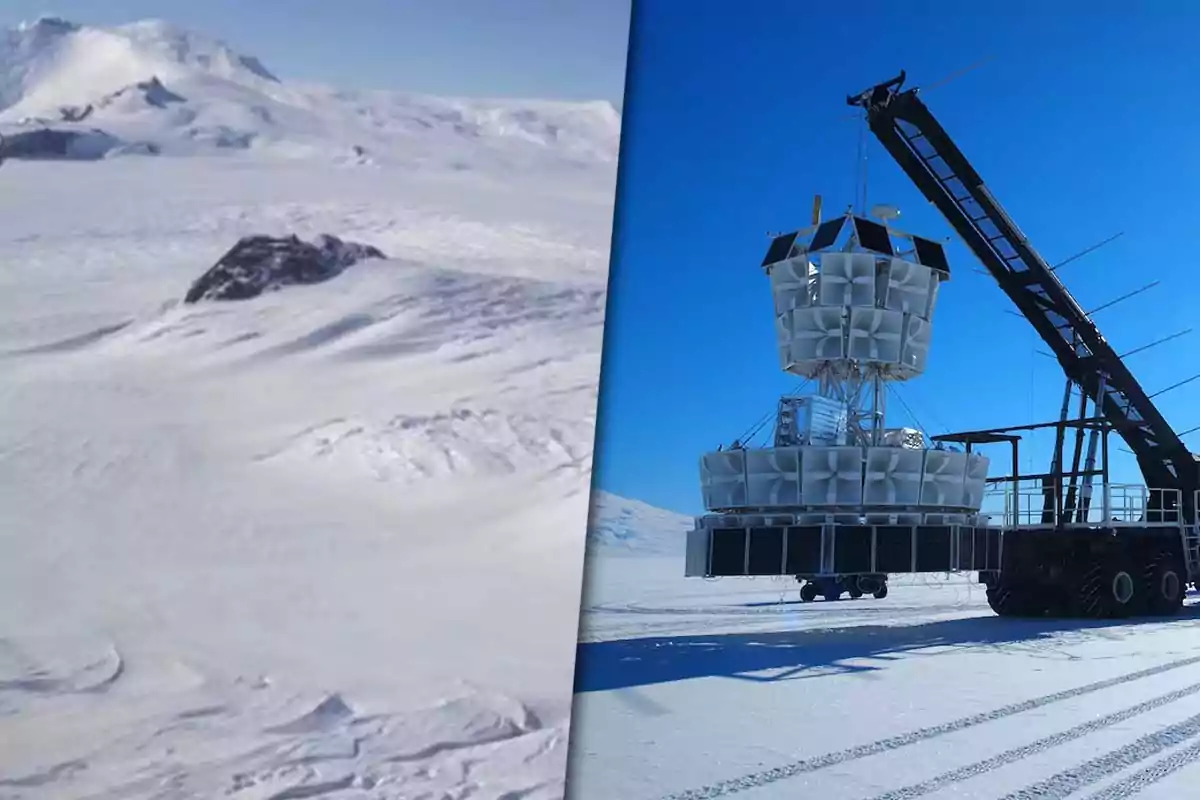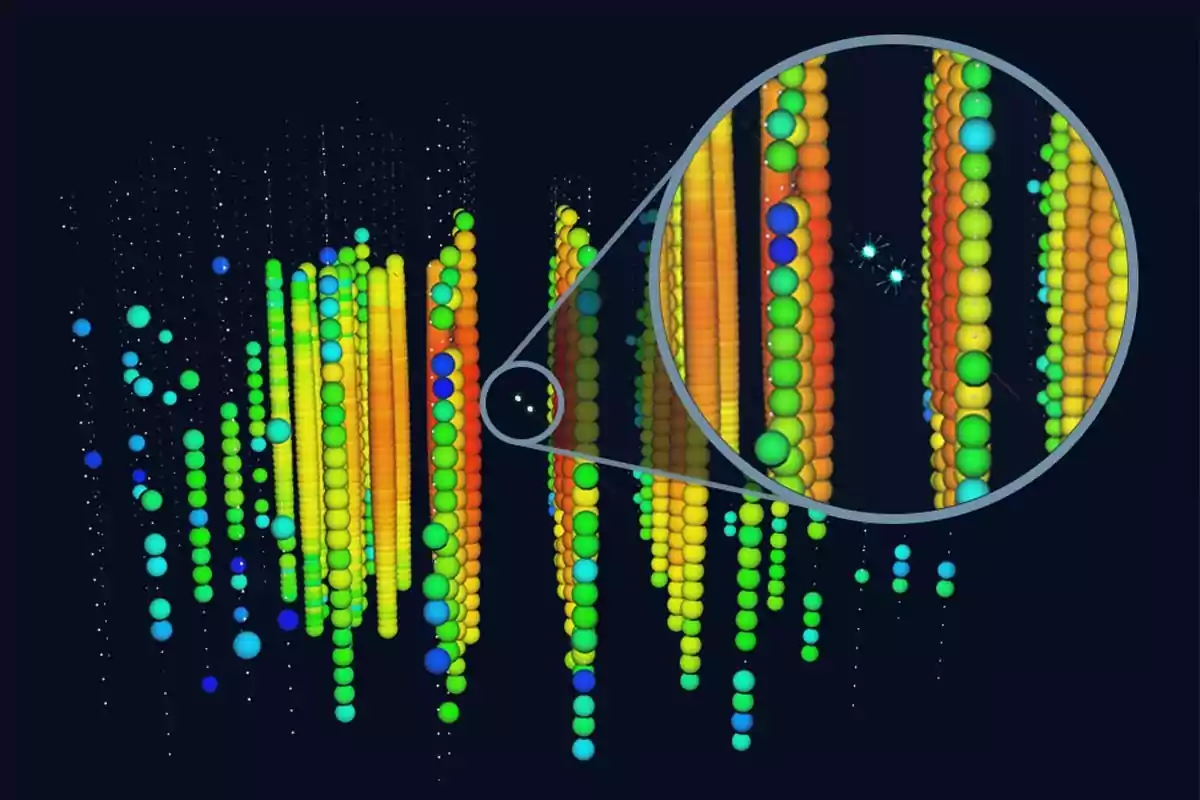
Unexplained signals detected beneath Antarctic ice baffle scientists
An experiment detected impossible signals beneath the Antarctic ice. They do not fit what we know about particles
A group of scientists detected radio emissions with impossible trajectories under the ice. The signals were detected by the ANITA experiment and challenged current models.
They could be linked to very difficult-to-observe subatomic particles, although there is no consensus. The discovery reignites the debate about phenomena we still do not understand.

What did they find under the ice in Antarctica?
During an experiment with antennas on a balloon, the ANITA project recorded radio pulses coming from unexpected directions. They arrived from below the horizon, at angles close to 30 degrees under the ice.
This implies that they crossed through thousands of kilometers (thousands of miles) of solid rock, something current theories can't explain. According to calculations, they should have been attenuated before reaching the antenna.
Tau neutrinos: the possible culprits
The initial hypothesis pointed to tau neutrinos, particles that are almost impossible to detect and could generate signals as they pass through Earth. However, there are serious doubts about this.

If they had been neutrinos, the Pierre Auger Observatory in Argentina should have recorded similar events during the same period. But that did not happen.
What is known about neutrinos
According to the U.S. Department of Energy, neutrinos are the most abundant massive particles in the universe, although they barely interact with matter.

They are caused in processes such as solar fusion, nuclear reactions, or even in a ripe banana, and they travel through the cosmos almost without stopping.
What if they are not neutrinos?
Stephanie Wissel, a member of ANITA, explained that the signals were not reflections, but rather pulses coming from inside the planet. "We still do not have a real explanation," she said.
She also clarified that the antennas were pointed downward, searching for those interactions with the ice. The signals appeared too energetic and in directions that are difficult to justify.

The contribution of the Pierre Auger Observatory
To confirm the signals, the team turned to 15 years of observations from the observatory located in Mendoza. They analyzed events that could come from below, at angles greater than 110°.
They also conducted computer simulations to compare different scenarios and ruled out interference or errors. Only one event matched, and its frequency could be explained by background noise.
More posts: